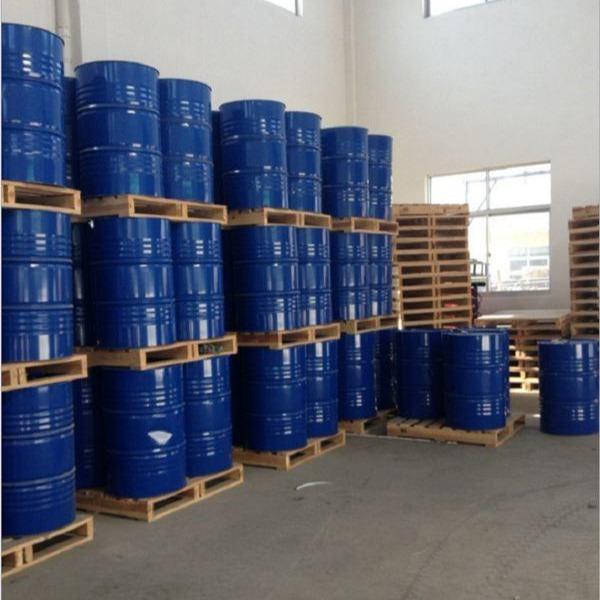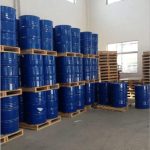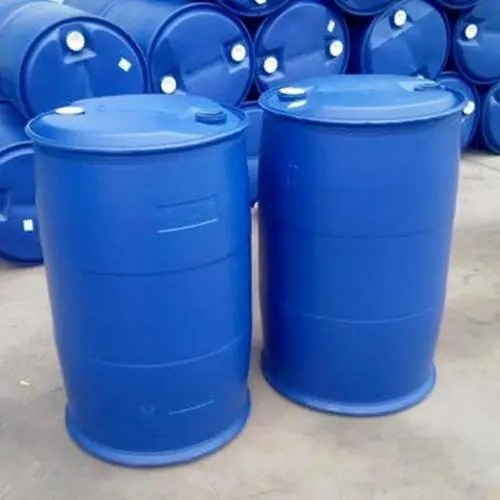
Chemical properties:
Colorless transparent liquid with a slight aromatic odor. Solubility in water is 0.05g/L (25℃). Compatible with various cellulose and polyvinyl chloride, polystyrene, polyvinyl acetate and other resins.
Uses:
1. Mainly used as a polyvinyl chloride plasticizer, widely used in plastics, rubber, paints, lubricants, emulsifiers and other industries. It can be used as a plasticizer for cellulose resins, vinyl resins, nitrile rubber and chlorinated rubber. The plasticizing effect is similar to DBP, but the volatility and water extraction are greater than DBP, and it can be used as a substitute for DBP. This product is toxic to crops and is not suitable for agricultural polyvinyl chloride film. This product is low in toxicity, and the oral LD50 of rats is 20-25g/kg. The United Kingdom, the Netherlands, and the United States allow the product to be used in food packaging materials. The United Kingdom stipulates that the maximum amount of this product in food packaging products of polyvinyl chloride and vinyl chloride copolymers shall not exceed 40%.
2. DIBP is one of the commonly used main plasticizers. It can be used as a plasticizer for cellulose resin, vinyl resin, nitrile rubber and chlorinated rubber. Its plasticizing performance is similar to that of DBP, and it has excellent solubility, dispersibility and adhesion. This product has good compatibility with pigments and can be used for coloring films, artificial leather and plastic products. This product can also be used as a softener for natural rubber and synthetic rubber to improve the resilience of the products. It can be used as a substitute for DBP.







